Minarets history
Minarets were tall towers that were usually attached or separated from their surrounding buildings. Today, some of them are still standing in the city of Isfahan and some other parts of Iran; for example Sarban, Chehel Dokhtaran, Monar Jonban and hundreds of other minarets. These tall buildings carry a hundred years of history. Throughout history, these minarets have had many social, religious, and cultural functions. Many minarets have been preserved from wind, storms, and the passage of time for many years, so that today they adorn the cities of Iran, especially Isfahan.
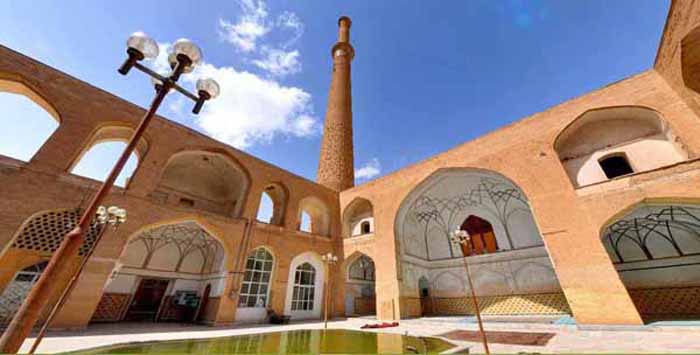
Minarets & Their History
Before Islam
Not much information is available about the first trace of minarets in the history of Iran. Before the advent of Islam in Iran, generally, cubic towers were built next to some Sassanid buildings. But almost none of them held the same function after the advent of Islam.
After Islam
After the advent of Islam, architects built the first examples of minarets (the ones with the shape and appearance that we see today) in the city of Basra in Iraq. The construction of such minarets began almost after the construction of the first mosques. But the golden age of Iranian Islamic architecture and especially the construction of splendid minarets was the Seljuk era.
Seljuk Era
The minarets (sole minarets) that have remained mostly in Isfahan date back to the Seljuk era. Around this era, architects designed minarets with more sophisticated designs compared to simple ones. The special brickwork on the body has added to the charm of these towering structures. In Islam, the use of animal and human motifs on buildings and as decorations were forbidden. Therefore, artists had to masterfully use other designs. In the Seljuk era, the artists were able to use beautiful geometric designs on the body of these towers with the simplest materials and by relying on their creativity. Also, the use of verses from the Holy Book of Muslims or the various names of God and the great men of Islam has given spectacular effects to these minarets.
Ilkhanid Era
Iranian artists made good use of the minarets next to other buildings. During the Ilkhanid era, they used two minarets next to each other at the entrances of the mosques. Builders and architects, by raising the height of the minarets and using tiles on them, created a pleasant atmosphere for inviting Muslims to pray to God. One of the best examples is the minarets of the Yazd Grand Mosque. During the Ilkhanid era, tiles were used to decorate the towers for the first time. They decorated several exterior spaces and minarets in the best way by a combination of tiles.
Safavid Era
Finally, during the Safavid era, the use of minarets became less common. But the minarets that were built were best covered with azure and turquoise tiles, cream white, and other eye-catching colors.
Contemporary Era
After the Safavid era, the construction and adornment of the minarets declined, and even some of these towers in the city of Isfahan were destroyed due to modern street construction in the contemporary era.
Functions of the Minarets
Guideposts
Guideposts can be considered as the very first examples of minarets. Before the advent of Islam in Iran, local rulers ordered the construction of slim and tall towers as a guide for travelers and caravans. Caravans approaching the city could see these towers from a distance and enter the city as quickly as possible. Guideposts are mostly sole buildings meaning that they were not attached to a building. During nights and foggy days, a fire was lit on the top of them so that the passengers would not lose the main route.
The emergence of Minarets
After the advent of Islam, the guideposts were built next to the main mosques of the city, and this led to the emergence of minarets. At the same time, their function was evolved. From the top of the towers, special people called Muezzin invited Muslims to worship the one and only God. Also, the important news and announcements of the city and the royal orders were announced to the people from the top of the minarets. During the Safavid era, after a while, Shah forbade the Muezzins from calling people to prayer from the top of the minarets. The reason was that the person in charge of inviting Muslims to prayer had view of the people’s houses. In Islam, it is forbidden to look at women who are not wearing proper clothing. That is why minarets that were called Muezzins were built which were located at a lower height.
Structure of the Minarets
The Foundation & Base
Due to the height of the minarets and the small area of the infrastructure, a lot of pressure was put on the base of these structures. In addition, the minarets had to be made sufficiently resistant to wind, storms, and hurricanes. Also, they were usually sole and this would have contributed to the decrease of the stability of these tall towers. For this purpose, the architects dug the ground to reach the bedrock to make the minarets more stable. They filled it with stone to make the structure stable enough.
The Body of the Minaret
This part of the minaret is where artists use all their art and skill to make it splendid. They adorned this part with various brickwork, tilework, and inscriptions.
Pillar
The pillar is the core. The pillar plays an essential role in the strength and stature of the minaret. Its width is longer at the base and much less at the crown of it. Melted lead was sometimes used in the pillars to make the structure more stable. Generally, the pillars became thinner and thinner over time.
Staircases
Access to the top of the minarets was possible by the staircase. The staircase circled around the axis of the pillar. The higher it went, the lower the width of it. Architects designed skylights in the body of the minarets so that anyone who wanted to climb them could have watched their steps as much as possible.
Crown
The crown of the minaret was also one of the most beautiful parts of it. Usually, a short wall or metal or wooden lattice fences with eye-catching knots were built around this part so that the Muezzin would not fall from the top of it. Also, the wall or fence gave a special effect to the minaret.
And in the End…
The minarets, these tall towers, have now lost all their past functions, but their unique decorations remind every visitor of the past. The minarets have now become a part of the culture, architecture, and beauty of the cities.

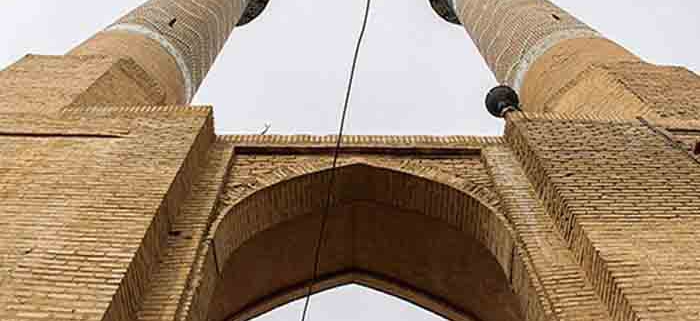
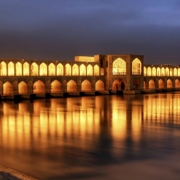
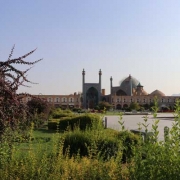
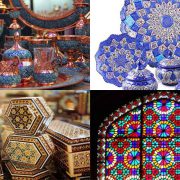
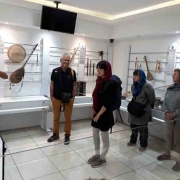
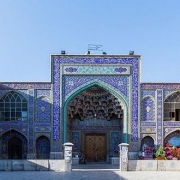
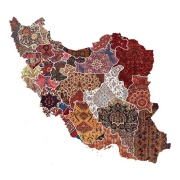





Leave a Reply
Want to join the discussion?Feel free to contribute!